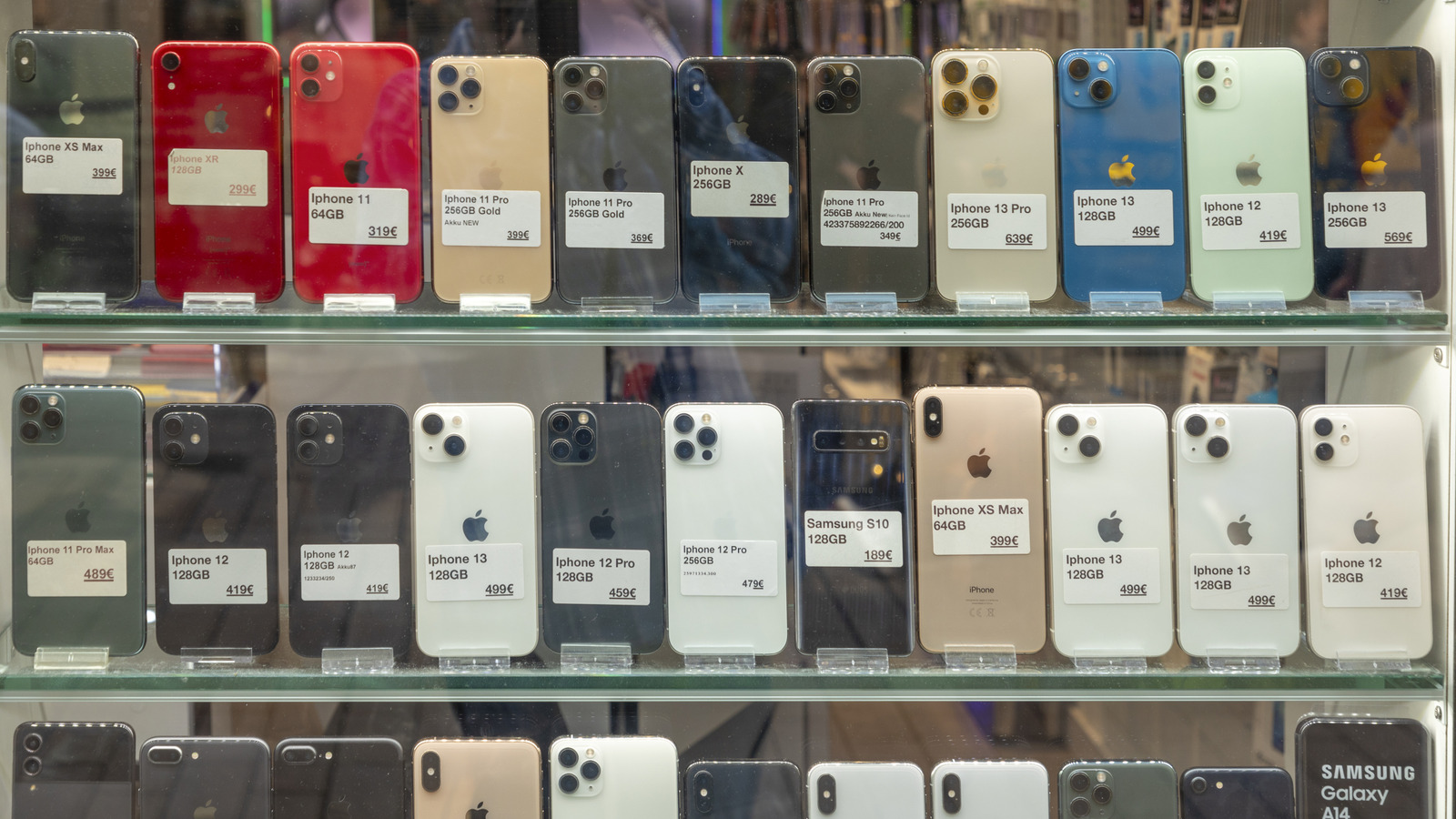As the modern smartphone space has reached a point of saturation thanks to incremental upgrades every year, more and more people are considering pre-owned smartphones to save money and still get a solid experience. The popularity of trade-in programs and longer software support periods has also contributed to this shift. In fact, according to research firm IDC, the used smartphone market is growing faster than the new smartphone market, and it forecasts that this trend is going to continue in the near future.
So, you are not alone if you’re thinking of buying a used phone, as it not only helps you save money but also gives you access to more premium and expensive smartphones that would be outside of your budget if you were going the brand-new route. However, it can be tricky to find a good used phone and avoid scams, especially outside of reputable reseller platforms like Apple’s Certified Refurbished program. So, here are some of the dangers you should be aware of when shelling out for a pre-owned phone.
Stolen, fake, or infected phones
Some of the biggest dangers with buying a used phone include ending up with a stolen, fake, or potentially malware-infected phone. While you are unlikely to get scammed when choosing a reputable seller, things aren’t always as simple when dealing with Facebook Marketplace, Craigslist, or other random sellers. So, it’s vital to do all the due diligence you can before parting with your money. A good way to check whether you are buying a stolen phone is to put the phone’s IMEI through an online IMEI checker, such as IMEIPro, to confirm that the phone is clean and hasn’t been blacklisted by the previous owner. You can also ask for a purchase receipt for additional peace of mind.
Moreover, it’s a good idea to ensure that the phone doesn’t have an activation lock and isn’t locked to a particular carrier. IMEI checks can also help avoid fake phones, but IMEI numbers can potentially be faked; so you should also check the device’s serial number on the manufacturer’s support website to get its actual status. Plus, a thorough review of the device hardware and software can often indicate that it’s not authentic. Spotting malware infection can be a bit tricky just by looking at the phone. As a result, it’s best to ensure that you perform a full factory reset after acquiring the phone and update its software to the latest version. Finally, it’s ideal to stick with used phones that are still receiving security and software updates to avoid ending up with an obsolete phone from day one.
Degraded battery and damaged components
Being old and used, a pre-owned smartphone can potentially have several hidden issues that you can’t spot with a quick glance. For example, a common problem with most used phones is a degraded battery, as all batteries deteriorate as you use them. If the used phone has poor battery health, it won’t last long after charging, and you’ll constantly be looking for a power outlet. Fortunately, on many phones, you can check the battery health level to get a more accurate idea of what to expect. While it’s easier to check battery health on iPhone devices, you may have to install a third-party app to check the battery health on Android.
You also have to be wary of wear and tear on other phone components. While you won’t be able to check the internals, you can try to spot issues with the charging port or the phone’s buttons, as they should be apparent. Water damage is another aspect that not only voids the warranty of a phone but can also cause vital components to fail. Many modern phones have built-in moisture or liquid damage indicators on the SIM or SD card trays. These can tell you whether the phone you are buying has been damaged by water. By being aware of all these dangers and playing it safe, you can avoid potential issues later and score an actually good, used smartphone.










